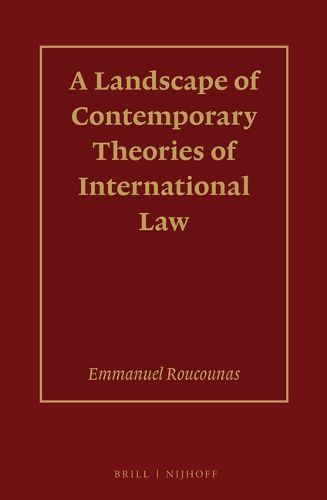Readings Newsletter
Become a Readings Member to make your shopping experience even easier.
Sign in or sign up for free!
You’re not far away from qualifying for FREE standard shipping within Australia
You’ve qualified for FREE standard shipping within Australia
The cart is loading…






This rich and remarkable volume offers an overview of the most important schools, movements and trends which make up the theoretical landscape of contemporary international law, as well as the works of over 500 authors. It moves beyond generalization and examines how the relevant literature deals with the basic issues of the international legal system, such as international obligations, legitimacy, compliance, unity and universality, the rule of law, human rights, use of force and economics. It offers insights into the addressees (the state, international organizations, individuals and other private persons), and the construction of international law, including law-making, the relationship between norms, and interpretation. Moreover, it widens the discourse by addressing old, yet enduring, as well as new concerns about the functioning of the international legal system, and presents views of non-international lawyers and political scientists regarding that system. It is a valuable analysis for researchers, students, and practitioners.
$9.00 standard shipping within Australia
FREE standard shipping within Australia for orders over $100.00
Express & International shipping calculated at checkout
This rich and remarkable volume offers an overview of the most important schools, movements and trends which make up the theoretical landscape of contemporary international law, as well as the works of over 500 authors. It moves beyond generalization and examines how the relevant literature deals with the basic issues of the international legal system, such as international obligations, legitimacy, compliance, unity and universality, the rule of law, human rights, use of force and economics. It offers insights into the addressees (the state, international organizations, individuals and other private persons), and the construction of international law, including law-making, the relationship between norms, and interpretation. Moreover, it widens the discourse by addressing old, yet enduring, as well as new concerns about the functioning of the international legal system, and presents views of non-international lawyers and political scientists regarding that system. It is a valuable analysis for researchers, students, and practitioners.